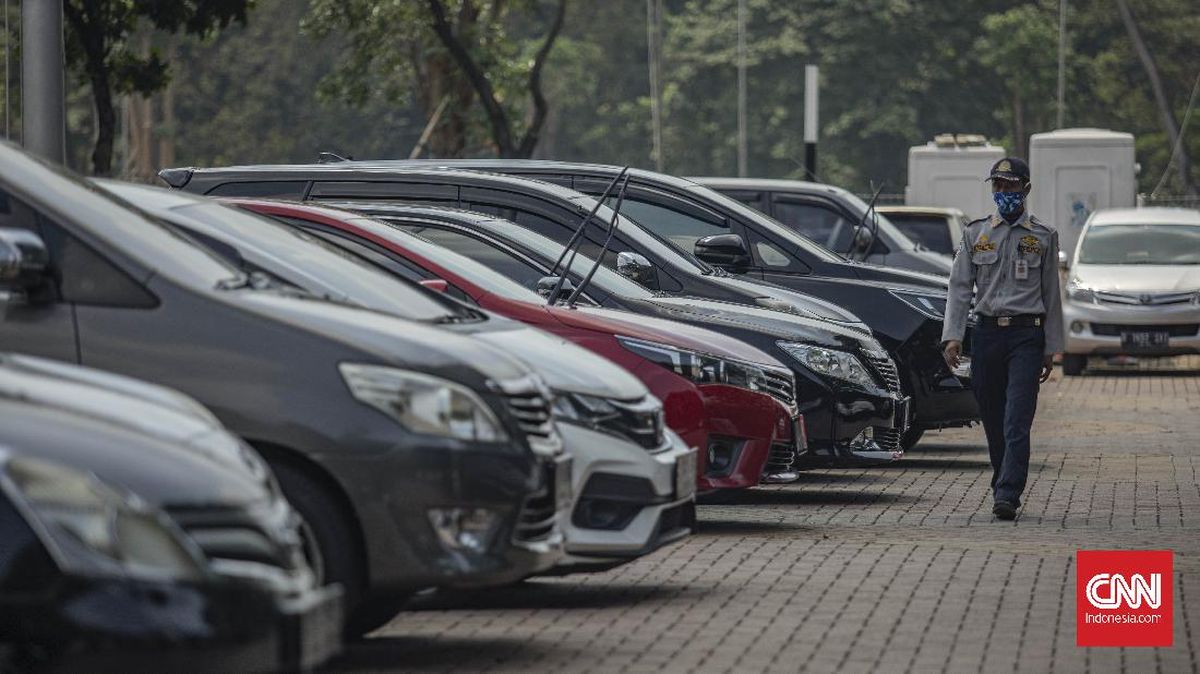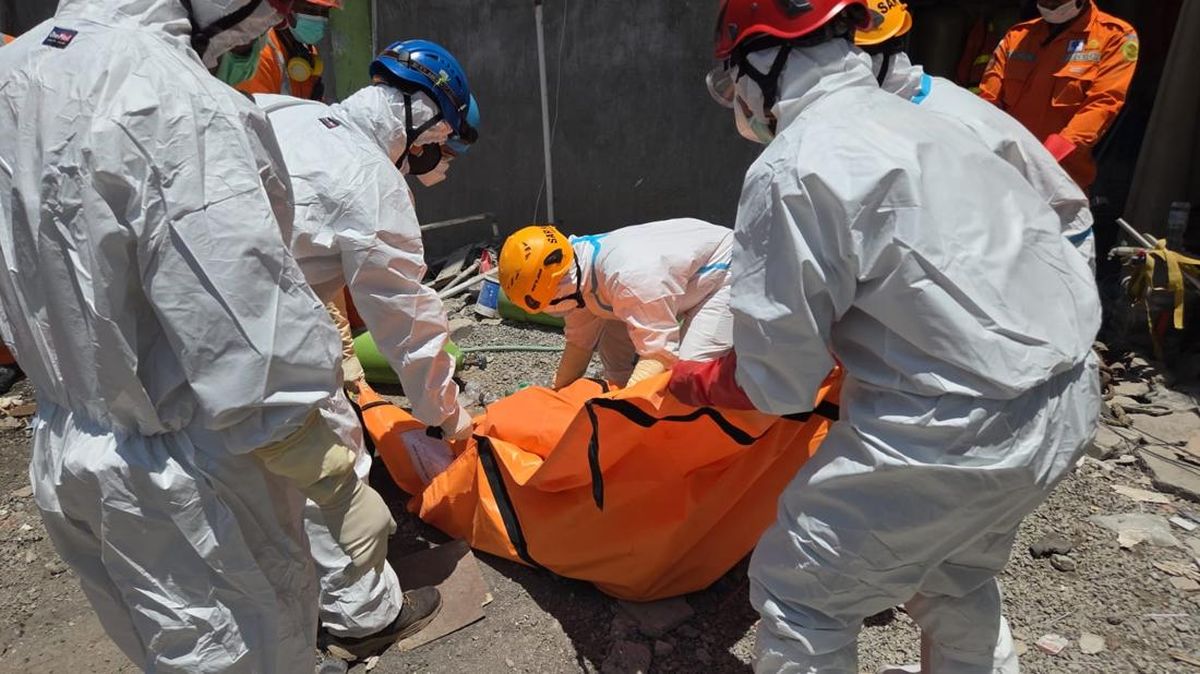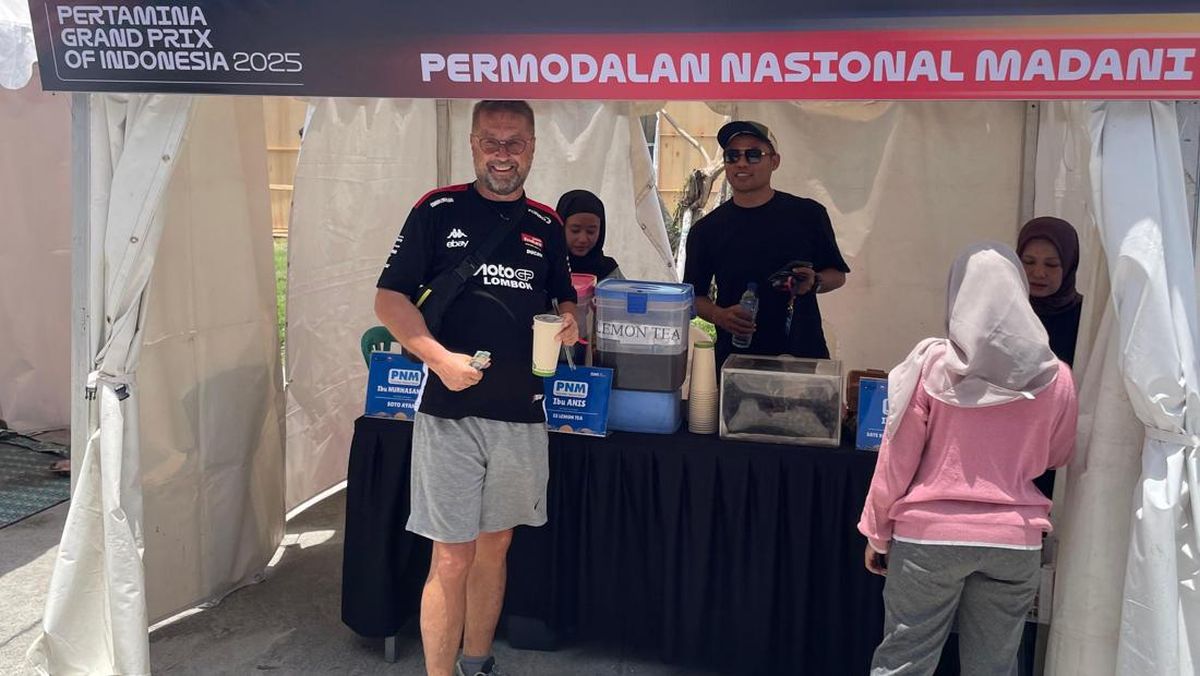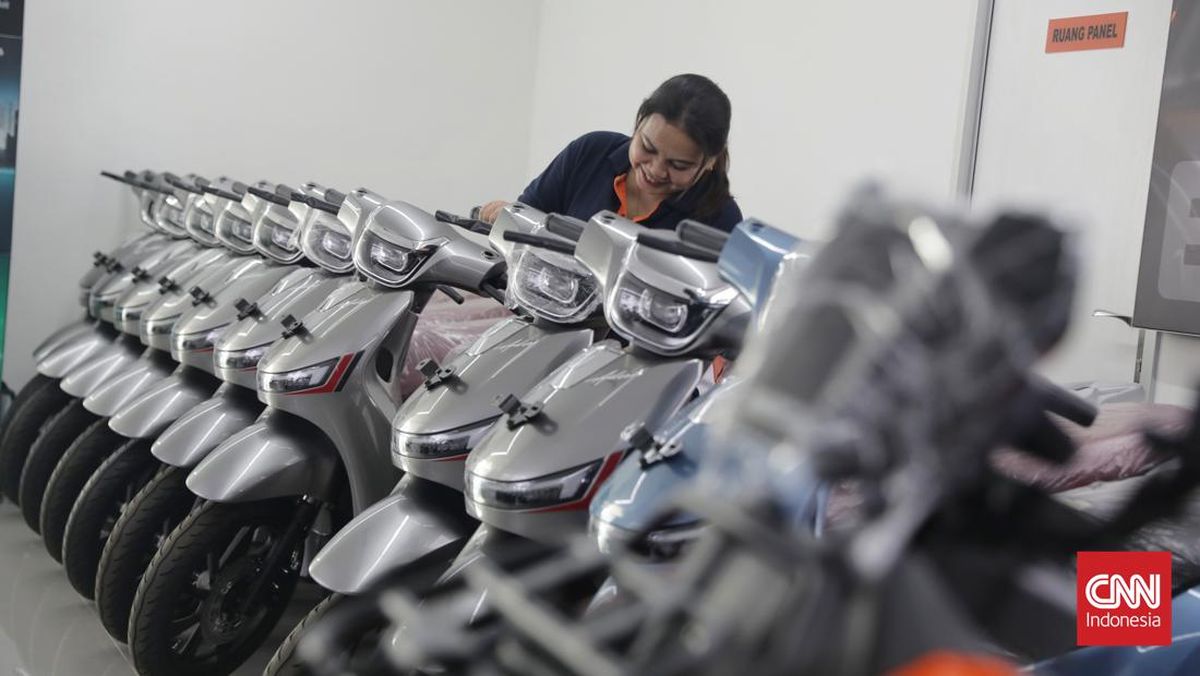When it comes to how Australians feel about their neighbourhoods, a new national study found one place tops everywhere else: Sydney’s north shore council area of Lane Cove.
The other top-rated areas were Vincent in Western Australia, Sydney’s inner west, Victoria’s Surf Coast, Hobart, North Sydney, Willoughby in Sydney, Bayside in Victoria, Camden in Sydney, Joondalup in Western Australia, Ku-ring-gai on Sydney’s upper north shore and the City of Sydney.
More than 27,000 Australians from more than 15,000 areas evaluated their hometowns against 50 markers for the 2025 Australian Liveability Census.
The factors they rated included features like the natural environment, safety, nearby shops, cafes and medical services, and visual character.
The Liveability Census conducted by social research company Place Score, discovered that high-density areas were rated generally as 5 per cent more liveable than low-density ones.
Loading
“Densification has been a big issue, with people afraid that they might lose the attributes of their local areas which are important to them,” said Kylie Legge, Place Score chief executive. “They said they like being in low density neighbourhoods with a lot of greenery.
“But we found that when areas, like Lane Cove, became more dense, as long as it was accompanied by a local council being very proactive to provide public spaces, then people really found value in being in higher density neighbourhoods with so much amenity nearby. I like to call it ‘clustered amenity’.”
Overall, people rated their area’s liveability lower than in the past five years, with satisfaction returning to pre-COVID levels.
“It’s no surprise to us that Lane Cove came out in first place,” said engineer Nathan Cornish, 43, who lives there with banker wife Mandy, 44, and children Madison, 10, Sebastian, eight, and Caspar, six. “Mandy grew up here, and went to the local public school, where the kids go now.
“We wanted to live somewhere with lots of green space, and a great sense of community, and a school that was easy to get to. There’s also a swimming pool where we go every weekend, Blackman Park by the river where the kids play soccer and cricket and then there’s [community space] The Canopy where loads of families go all the time. Everything’s within walking distance.”

Nathan and Mandy Cornish at home with kids Madison, Sebastian (striped shirt) and Casper (chequed shirt), in Lane Cove, Sydney.Credit: Sam Mooy
While the area has seen a lot of apartment development, the local council has provided community open space, says Raine & Horne lower north shore principal Stuart Bourne.
“They’ve created a lot of spaces that can be used for events, concerts, everything, and put in structures aimed at getting people outdoors,” he said of Lane Cove. “There are now so many families here, it isn’t funny.
“I think there were fears back when they were allowing more apartments to go up, but the units tend to be a good mix, and good quality and quite spacious, and those areas they’ve opened up have softened the blow of development. As a result, there’s a really good community atmosphere; it’s probably the best community I’ve ever lived in.”
Loading
In Victoria, the Surf Coast ranked top. Despite the shire facing the challenge of wealthier sea-changers arriving, locals still love the spectacular coastal scenery and hinterland.
“It really is a great place to live,” said Marty Maher, managing director of Great Ocean Properties. “It has a Byron Bay-type feel but without so many people and the traffic issues.
“Tourism is pretty steady and there’s plenty of work for everyone, while it’s only 90 minutes from Melbourne, so people can easily commute there if they only have to go to the office a couple of times a week. We have a lot of people from Melbourne and Sydney always looking to escape here. It’s a very special place.”
Respondents to the census, reached via government, community groups, not for profits, schools and universities, and supported by outreach social media, email, and fieldwork, and interviewed with online and face-to-face surveys, supplied more than 1.26 million individual ratings that were aggregated to provide a national benchmark score.
This year’s national liveability score dropped to 66 out of 100, a one per cent decline from 2023. After a temporary boost during the Covid years, the score has fallen back to be equal to 2019 or pre-pandemic levels.
“I think COVID, when we were at home, but not in lockdown, gave everyone a new chance to discover their local neighbourhoods and go out for a walk and say hello to neighbours,” said Legge. “People would help each other out and had time for each other.
“When communities are telling us that inclusion, connection and a sense of belonging are just as critical to liveability as housing or transport, then it’s easy to see why the liveability score crept higher at that time.”
Legge said the research shows government, as they plan to deliver more housing, what Australians say is important.
“That’s always having a neighbourhood that’s green, safe and well maintained, with access to public transport, walking and cycling networks, shops and local amenities. But in particular, they also want opportunities for social and cultural connection.”
Most Viewed in Property
Loading


















































